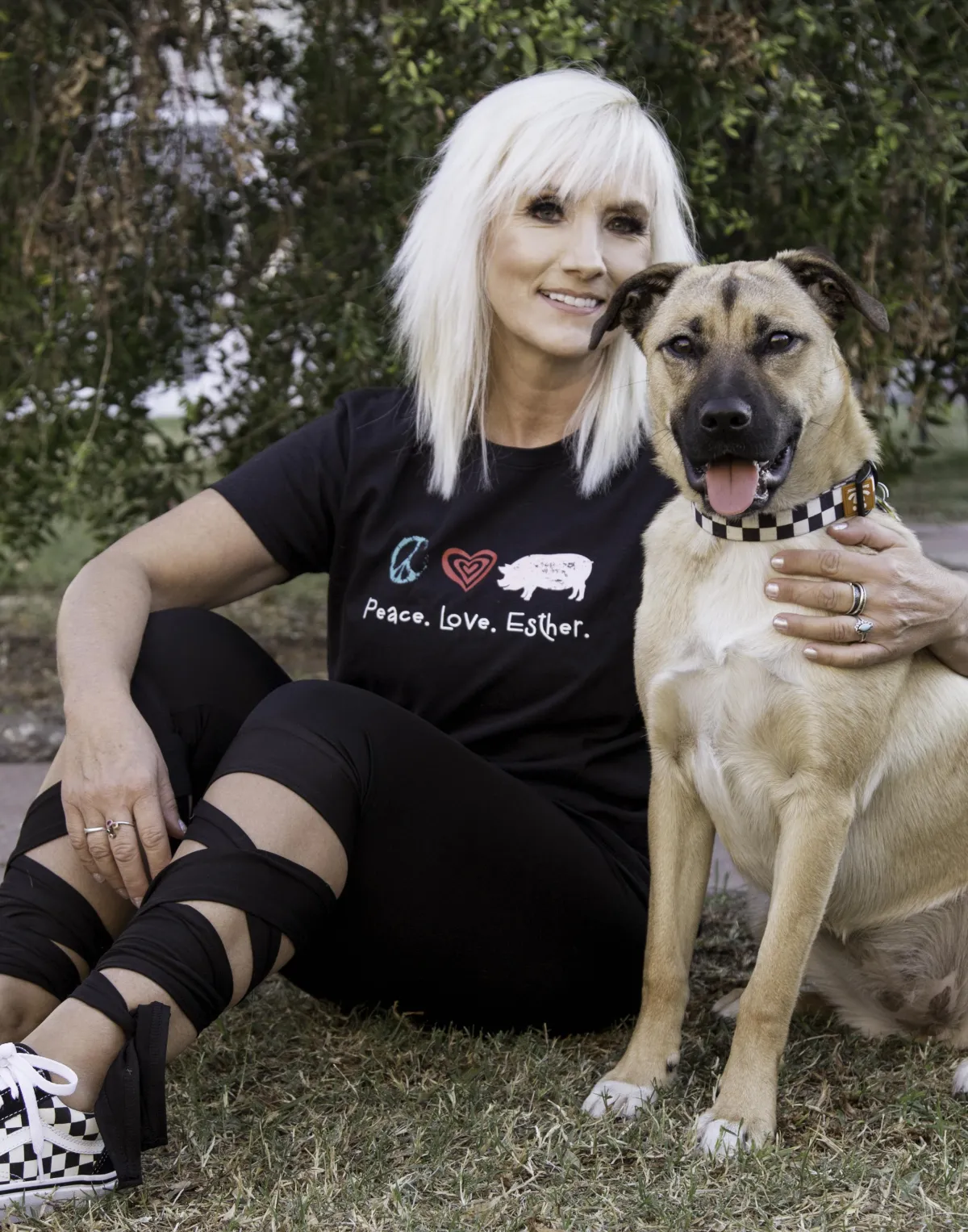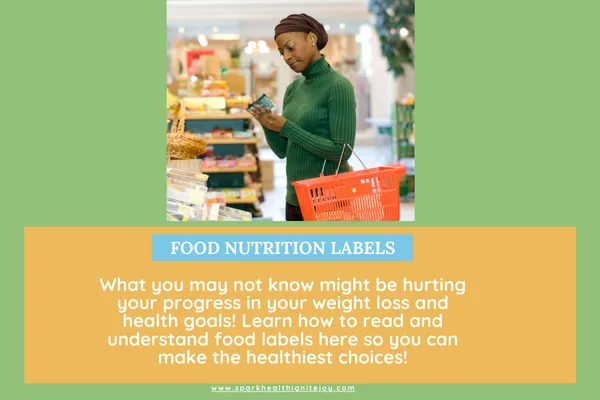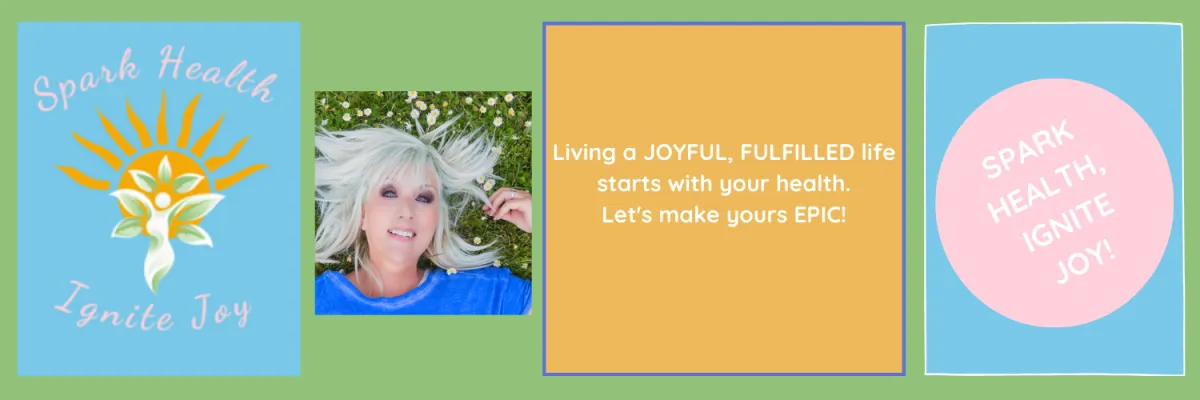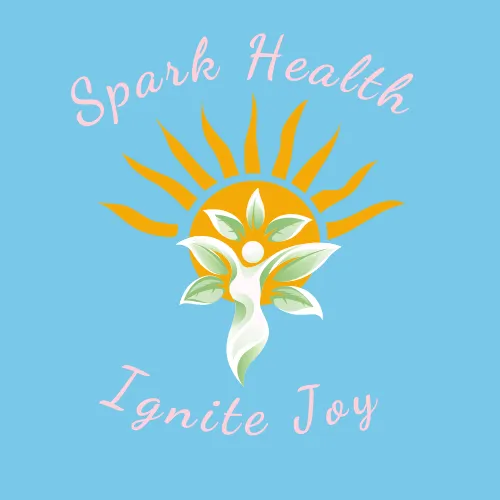Welcome to my Blog!

About the Blogger
Hi, I'm Wendy!
I'm an EXPERT in fun, joy and living life with a "you gotta put in the hard work for what you want (but still have fun doing it!) and the rewards are SO worth it" mantra for success and getting the most out of life!
I'm a CERTIFIED EXPERT in fitness, nutrition, weight loss and coaching from a habits-based, whole foods plant-based perspective that is all about GOOD HEALTH for life.
My passion is helping people truly find and live their optimal lives through making the connections between optimal health and a joyful, fulfilled life.
Through online courses and meal plan coaching, I teach strategies for good habits, good health, making things easier for yourself, and being good to yourself and others.

Reading Food Nutrition Labels
Having trouble taking those last few pounds off? Or taking ANY pounds off even though you feel like you’re eating and exercising well? Or do you have health issues that could be improved by good nutrition and you THINK you’re eating well but nothing changes?
Well, it could be because of some of the foods you are eating and not knowing how to read and understand food labels.
Here are a few things to watch for:
> Know how to read the ingredients list: in the ingredients list, things are listed in order by quantity — from highest to lowest. Try looking for products that list whole, real foods as the first three ingredients and be skeptical of foods with long lists of ingredients. Watch for labels where it looks like it might be healthy because the first ingredient is a real, whole food, but the next bunch of ingredients are some form of sugar! So in reality there may be more sugar in this product than the healthy food when it’s all added up. The more ingredients in the list (and they get more unpronounceable as the list grows!), the more processed and less healthy the good is. Try to stick with foods that only have 1-3 whole, real foods listed as ingredients.
> Know how to recognize added sugars: Sugars come by many names. A food product now has to list “sugars” and “added sugars”. These are foods you want to stay away from or limit your intake of. Sugars come in all sorts of ingredients, some of which even may sound “healthy” like: fruit sugars, date sugars, fruit juice concentrate. These ingredients are still sugar though. Some other sugar types include: beet sugar, brown sugar, buttered sugar, cane sugar, caster sugar, coconut sugar, golden sugar, invert sugar, muscovado sugar, organic raw sugar, rapadura sugar, evaporated cane juice, and confectioner's sugar.
Other types of added sugars come in these forms so watch for these on the ingredients list: carob syrup, golden syrup, high-fructose corn syrup, honey, agave nectar, malt syrup, maple syrup, oat syrup, rice bran syrup, and rice syrup, barley malt, molasses, cane juice crystals, lactose, corn sweetener, crystalline fructose, dextran, malt powder, ethyl maltol, fructose, galactose, glucose, disaccharides, maltodextrin, and maltose.
> Know how to understand portion versus serving size: Nutrition labels are based around a 2,000 calorie a day diet. So if your daily requirements are less or more than that, you should be aware that you may be getting less or more of the “percent of daily recommended amounts” of any given nutrient that list listed on the label. Labels also state how many calories and nutrients are in a “suggested single serving”. But in reality, these serving sizes are often much smaller than what people actually consume in one sitting. For example, one serving may be half a can of soda, a quarter of a cookie, half a chocolate bar, or a single biscuit, 10 chips. But people often eat much more than that. This is just one of the ways that not understanding labels can cause you to be taking in more calories than you think you are when you’re frustrated about why you’re not losing weight. By eating larger servings of products that may even label themselves as “low sugar” or “no added sugars” (when there is still a lot of sugar in the food anyway even if not “added”) people also can take in way more sugars, unhealthy fats etc. than they should be. It is important to be aware of the PORTION size you are actually eating and compare that to the SERVING size that is on the food product label. The Nutrition Facts area of the label applies to the serving size not the portion size. This means if the serving size is 1/3 cup and you eat 2 cups, you are getting twice the calories, fat and other nutrients than what is listed on the label.
> Know how food manufacturers are allowed to “mislead” you with package claims: I could go on for hours on this one but just know there are a LOT of ways food manufacturers are legally allowed to make “health claims” or other claims on their food product labels which are actually very misleading if you don’t have knowledge about it. Here’s just a few examples:
A food manufacturer can say “low sugar” or “low fat” on their product but be basing it on a very small serving size, which in reality most people probably would eat a lot larger serving so would in fact be getting a lot of sugar or unhealthy fats.
“Fat free” often means there is added sugars and other chemicals to boost flavor.
“Multigrain” can sound healthy but it only means that a product contains more than one type of and often these are refined grains unless “whole grain” is also specified. You want to look for “whole grain” in your ingredients.
“Light”. Light products are processed to reduce either calories or fat. Some products are simply watered down and they are often higher in sugars than not “light” versions of the same product (yogurts are a great example of this).
“Natural”. This doesn’t mean anything. It’s basically a marketing term and doesn’t necessarily mean that the product resembles anything natural. It simply indicates that at one point the manufacturer worked with a natural source like apples or rice then the food was processed and often lots of unhealthy ingredients added. Whole, real foods are the only real “natural” foods.
“Organic” has nothing to do with nutrition or whether the food product is healthy especially if it’s a packaged, processed food. It is only about how the food is grown. “Organic” is regulated by the government but it doesn’t refer to healthy foods, only that they were grown without certain chemicals. Organic sugar is still sugar. Other added unhealthy ingredients in the “organic” product are still unhealthy.
“No added sugars”. This is a more recent thing that has been required on food labels. But some people now think it means a food is healthy. This is not necessarily the case because some food products are naturally high in sugar. The fact that they don't have ADDED sugars doesn't mean they're healthy. And in some cases, unhealthy sugar SUBSTITUTES may also have been added and manufacturers can still say “no added sugars” on their labels.
“Low-calorie”. To have this label, all the food product has to have to use this label is to have one-third fewer calories than the brand's OWN, ORIGINAL product. So it doesn’t actually have to be “low calorie” at all! In fact, one brand's low-calorie version may have similar calories as another brand’s original!
There are so many more aspects to food labels and what manufacturers are allowed to put on their labels which can be SO misleading to people. It’s actually pretty fascinating! I’ve just given a few examples here. But it’s important for people to be informed about this so do what you can to educate yourself if you have health improvement or weight loss goals.
Nutrition Spark!: You are way better off choosing healthy, whole foods over processed foods. Foods which are unprocessed, have only whole ingredients and don’t need all that labelling and marketing. But the reality is most of us eat packaged and processed foods to varying degrees. But armed with knowledge about what is actually in those foods and knowing how the ingredients or portion sizes etc. can affect our health and progress on our goals, we can choose the healthiest options in the grocery store!

I hope this was helpful! If you want to learn more, there’s lots more information about nutrition and healthy eating in my courses, including a comprehensive course that does a deep dive into Reading Food Nutrition Labels. Check them out here at https://sparkhealthignitejoy-courses.thinkific.com/



Facebook
Instagram
X
LinkedIn
Pinterest